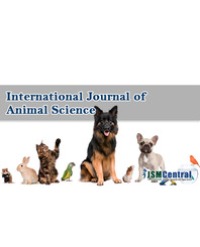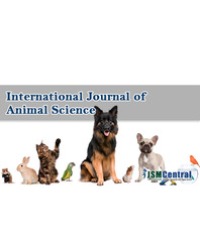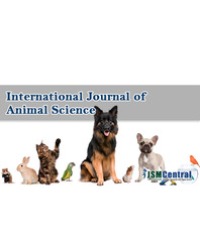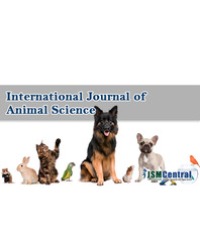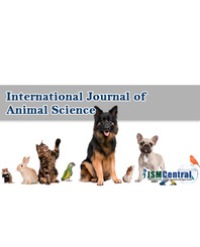
Prospects of Dairy Intensification and Commercialization in Eastern Province of Rwanda
As part of its efforts to propel the country in to a middle-income economy through improvement of several programs, the Government of Rwanda (GoR) has put in place incentives for dairy intensification. However, despite these initiatives there has been limited follow up on their impacts on the production systems thereby making the planning of further interventions very difficult. A Study was to establish the status of dairying, identify challenges and recommend improvements. Pre-tested questionnaires were administered to 2,089 farmers, selected farmers by multi-stage sampling procedure on sectors and cells levels. Sample size was established basing on the procedure of Krejce and Morgan 1970, analyzed in SPSS 16. The majority of households had five to seven members. Natural breeding predominated with 57% compared to Artificial Insemination (AI) at 25%. Zero grazing was predominant in Gatsibo at 60%, fenced farms predominated in Nyagatare at 65%. Communal grazing has greatly declined with exception of Kayonza at 10%. Crop residues and salt were the predominant modes of supplementary feeding at 42%. Nyagatare District showed advance in supplementary feeding at 21% than Gatsibo 18%, Kayonza District with 5%. Rice bran was still minimally used despite being abundant in the area. Industrial dairy meals were not used. Farmers reported shortage of water, East coast fever; followed trypanasomiasis were mainly reported in Nyagatare and Gatsibo Districts. There is a need for training farmers in diary nutrition, scaling up AI services, water sources and control of vector born diseases and strengthening dairy cooperatives for efficient milk production and marketing.
Mazimpaka Eugene*, Lonzy Ojok, James Okwee Acai, Micheal Tukei, and Gatari N Eugene

